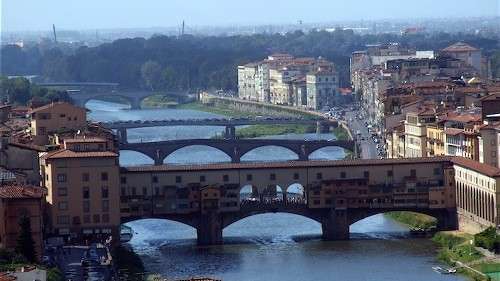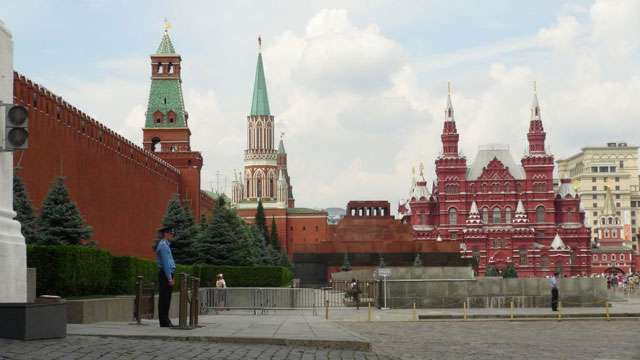Bruges – Belgium
Bruges is the capital and largest city of West Flanders, the northwest part of Belgium. The historical centre is not so big, and most of its medieval architecture intact, a prominent World Heritage Site of UNESCO.
Along with a few other canal-based northern cities, such as Amsterdam, it is sometimes referred to as “The Venice of the North”. Bruges has a significant economic importance thanks to its port. At one time, it was the “chief commercial city” of the world.
Bruges received its city charter on July 27, 1128, and new walls and canals were built. Since about 1050, gradual silting had caused the city to lose its direct access to the sea.
Bruges had a strategic location at the crossroads of the northern and the southern trade routes, already included in the circuit of the Flemish and French cloth fairs at the beginning of the 13th century, but when the old system of fairs broke down the entrepreneurs of Bruges innovated.
They developed or borrowed from Italy, new forms of merchant capitalism, whereby several merchants would share the risks and profits and pool their knowledge of markets. They employed new forms of economic exchange, including bills of exchange (i.e. promissory notes) and letters of credit. The city eagerly welcomed foreign traders, most notably the Portuguese pepper and spice traders.
The new Flemish-school, oil-painting techniques gained world renown. The first book in English ever printed was published in Bruges by William Caxton. This is also the time when Edward IV and Richard III of England spent time in exile here.
In the last half of the 19th century, Bruges became one of the world’s first tourist destinations attracting wealthy British and French tourists. After 1965 the original medieval city experienced a renaissance. Restorations of residential and commercial structures, historic monuments, and churches generated a surge in tourism and economic activity in the ancient downtown area.
Many of its medieval buildings are notable, including the Church of Our Lady, whose brick spire reaches 122.3 m (401.25 ft), making it one of the world’s highest brick towers/buildings. The sculpture Madonna and Child, which can be seen in the transept, is believed to be Michelangelo’s only sculpture to have left Italy within his lifetime.
Bruges‘ most famous landmark is its 13th-century belfry, housing a municipal carillon comprising 48 bells.
Other famous buildings in Bruges include:
The Beguinage
The Basilica of the Holy Blood (Dutch: Heilig-Bloedbasiliek). The relic of the Holy Blood, which was brought to the city after the Second Crusade by Thierry of Alsace, is paraded every year through the streets of the city. More than 1,600 inhabitants take part in this mile-long religious procession, many dressed as medieval knights or crusaders.
The modern Concertgebouw (“Concert Building”)
The Old St-John’s Hospital
The Saint Salvator’s Cathedral
The Groeningemuseum
The City Hall on the Burg square
The Provincial Court (Provinciaal Hof)
The preserved old city gateways: the Kruispoort, the Gentpoort, the Smedenpoort and the Ezelpoort.
Bruges also has a very fine collection of medieval and early modern art.






